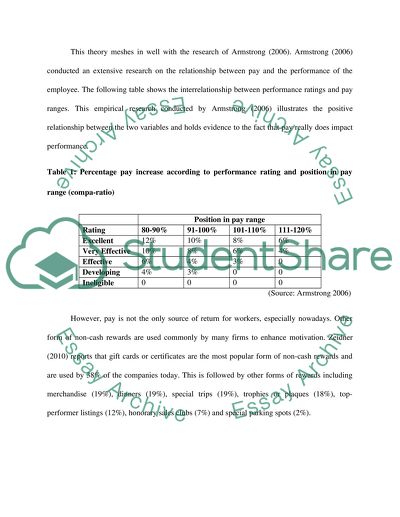Cite this document
(“Literature Review on performance management systems and their links Essay”, n.d.)
Literature Review on performance management systems and their links Essay. Retrieved from https://studentshare.org/miscellaneous/1565484-literature-review-on-performance-management-systems-and-their-links-with-rewards-plans
Literature Review on performance management systems and their links Essay. Retrieved from https://studentshare.org/miscellaneous/1565484-literature-review-on-performance-management-systems-and-their-links-with-rewards-plans
(Literature Review on Performance Management Systems and Their Links Essay)
Literature Review on Performance Management Systems and Their Links Essay. https://studentshare.org/miscellaneous/1565484-literature-review-on-performance-management-systems-and-their-links-with-rewards-plans.
Literature Review on Performance Management Systems and Their Links Essay. https://studentshare.org/miscellaneous/1565484-literature-review-on-performance-management-systems-and-their-links-with-rewards-plans.
“Literature Review on Performance Management Systems and Their Links Essay”, n.d. https://studentshare.org/miscellaneous/1565484-literature-review-on-performance-management-systems-and-their-links-with-rewards-plans.


